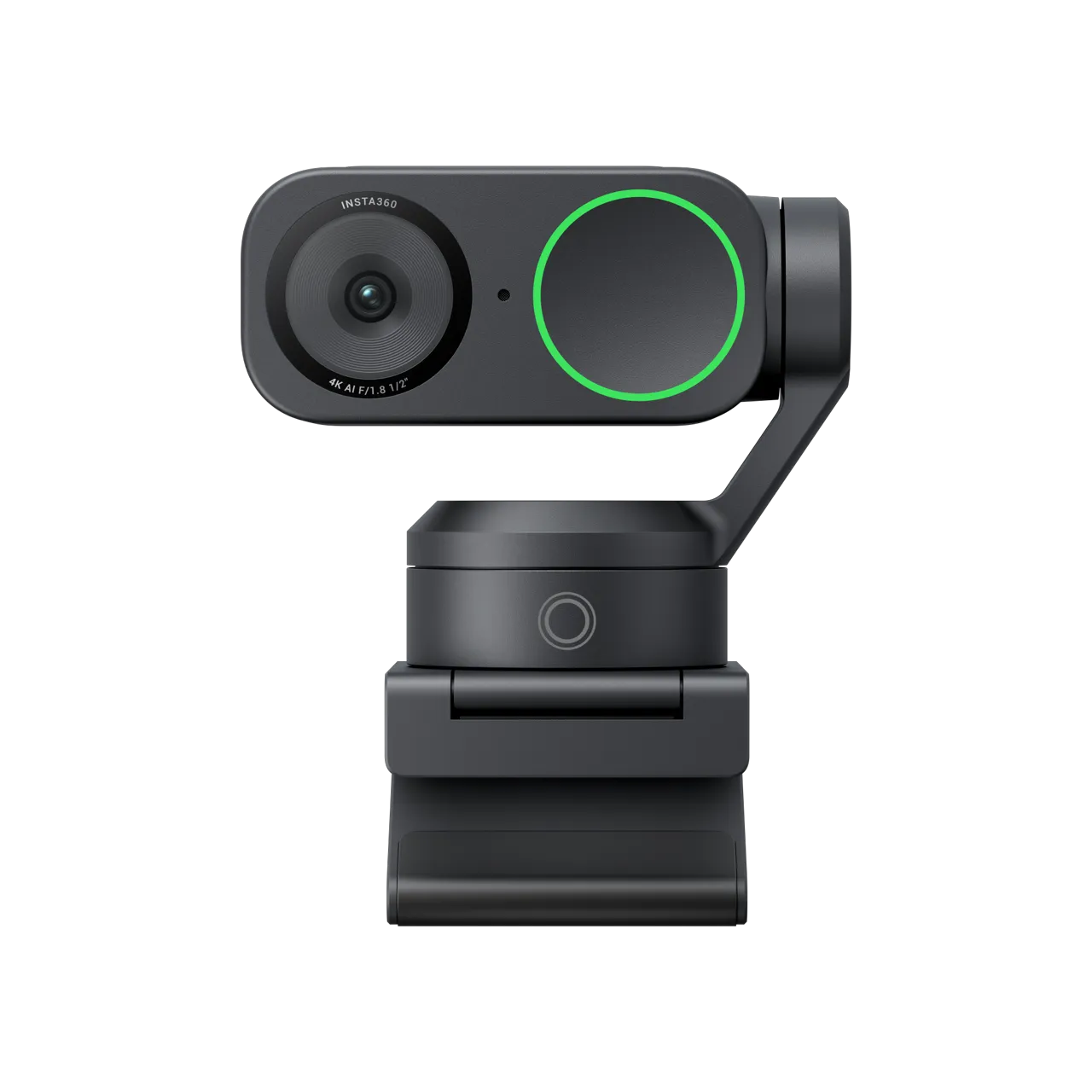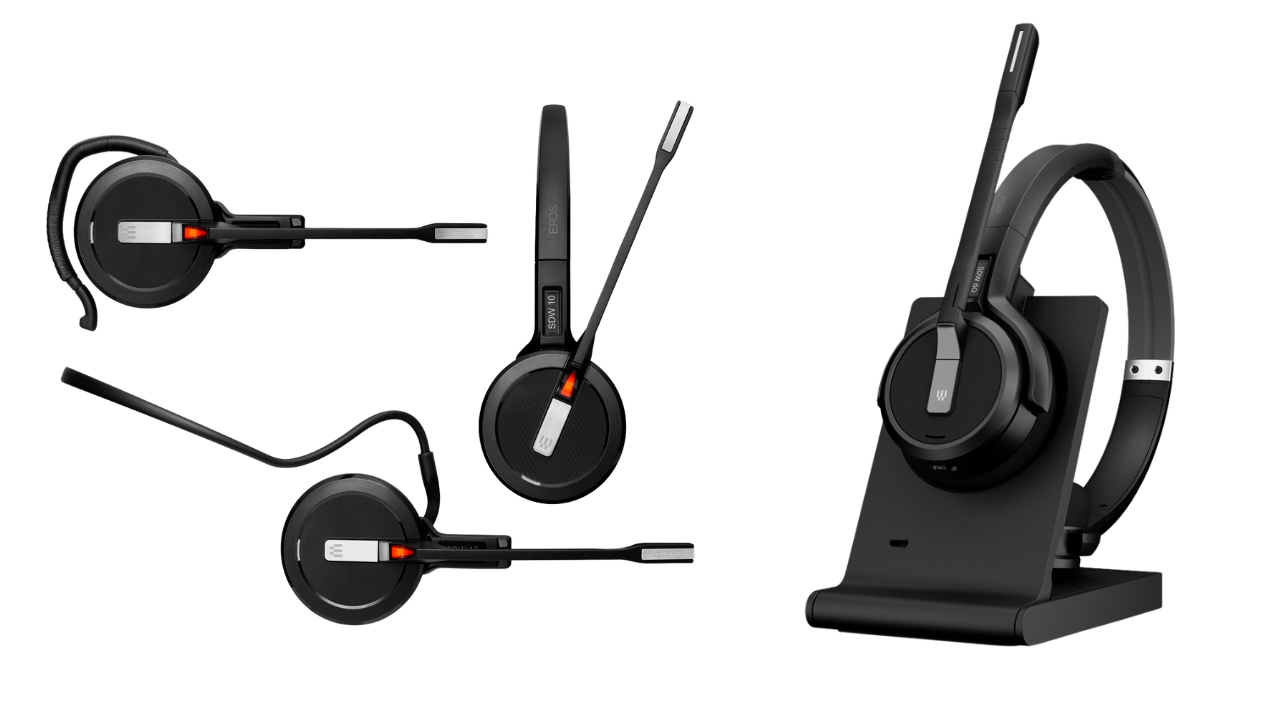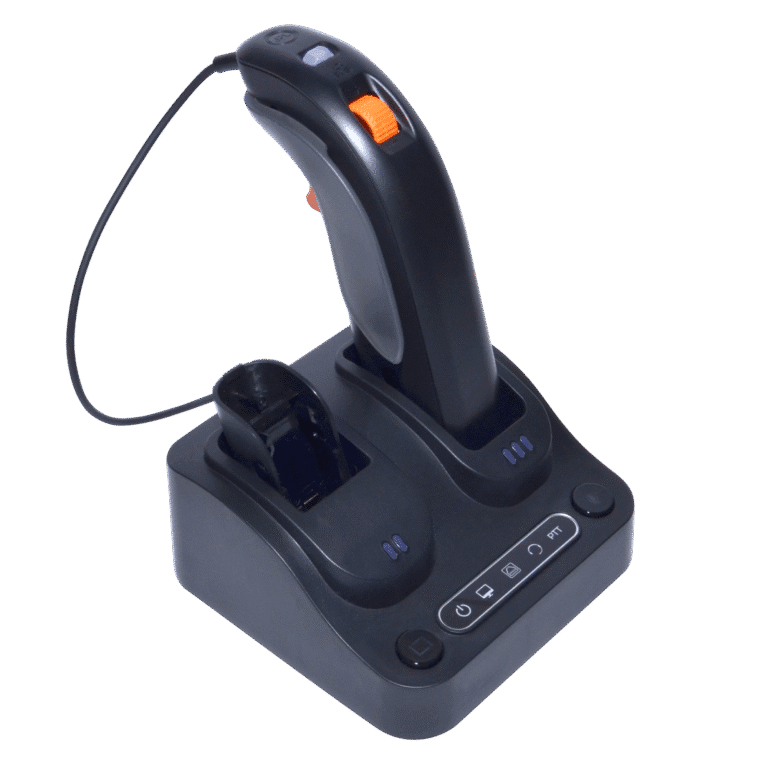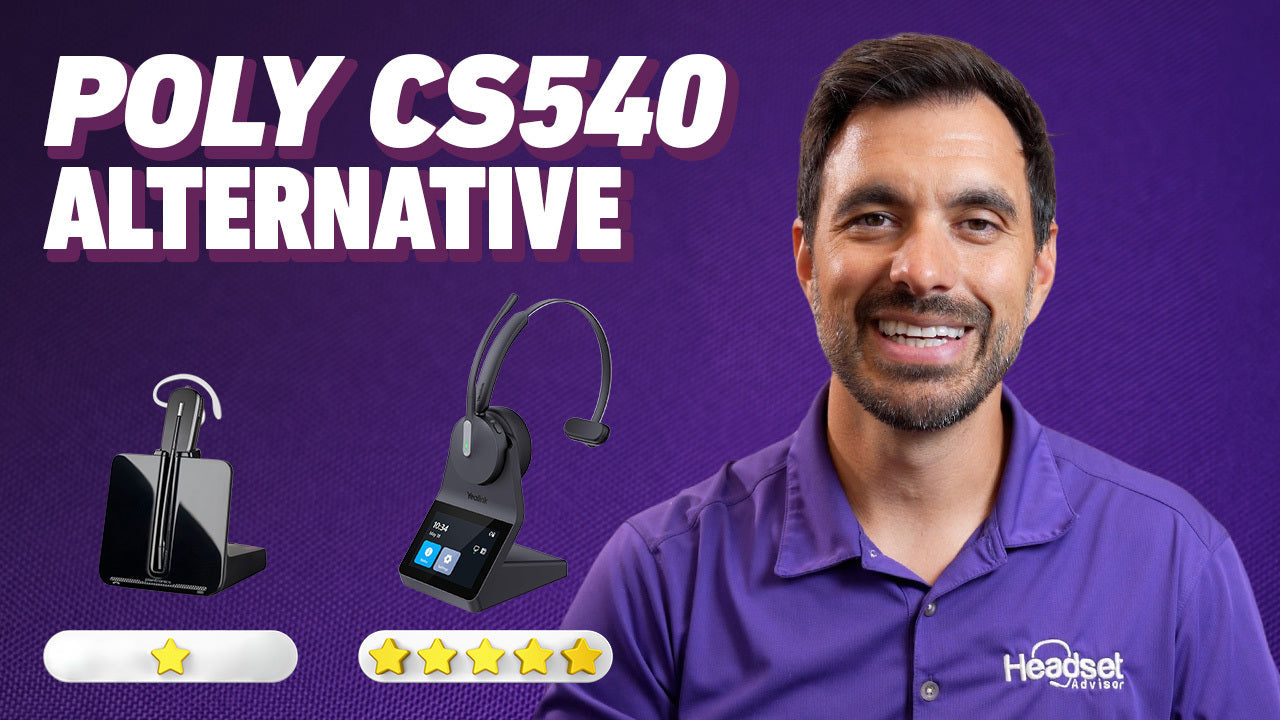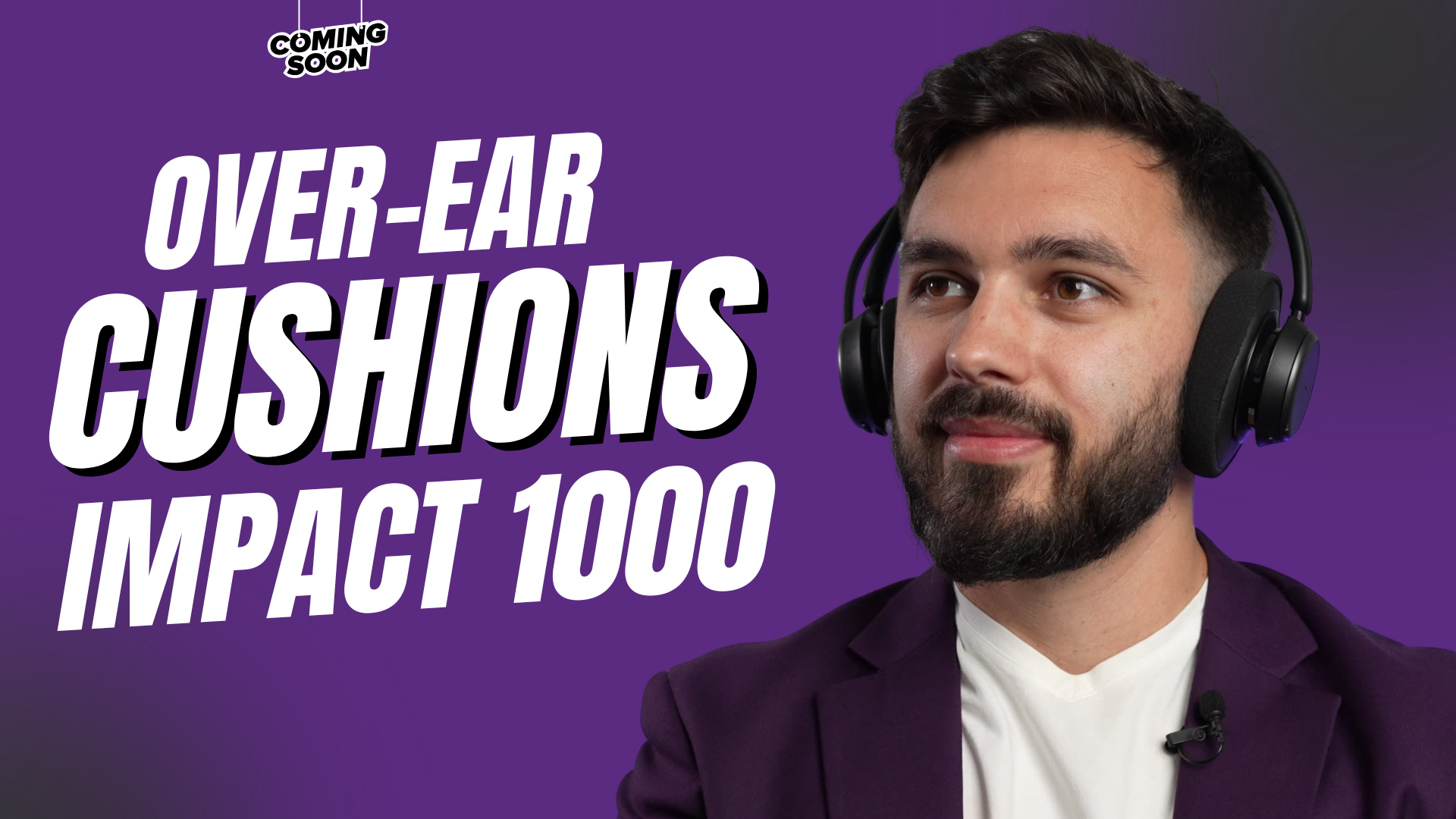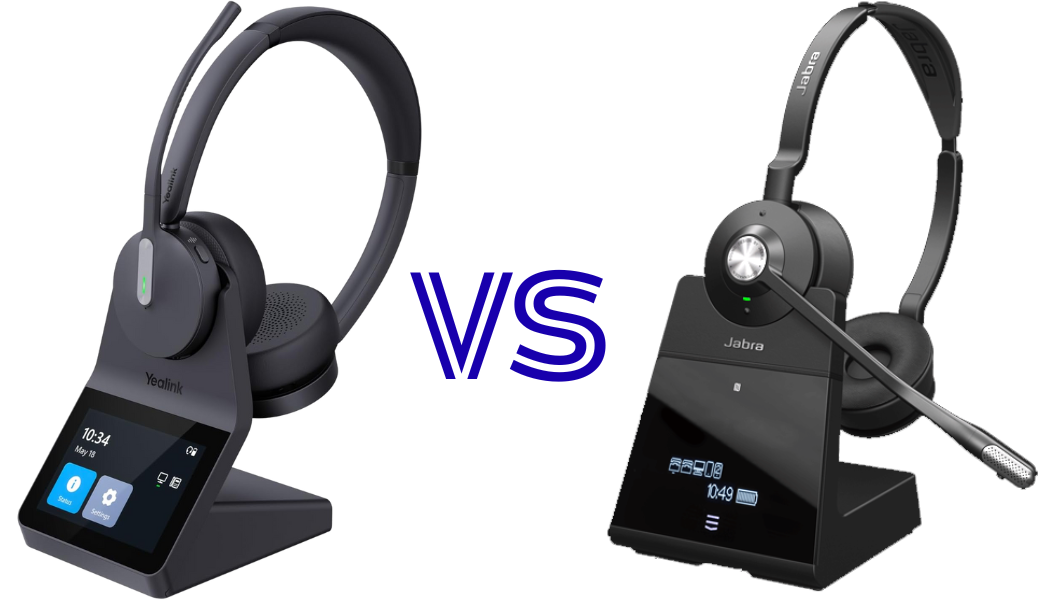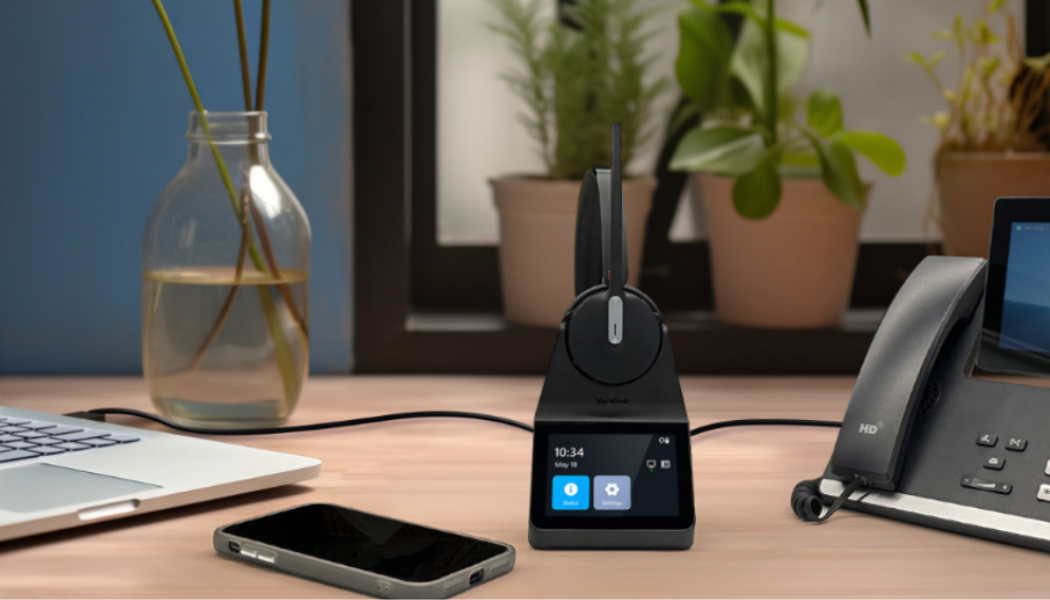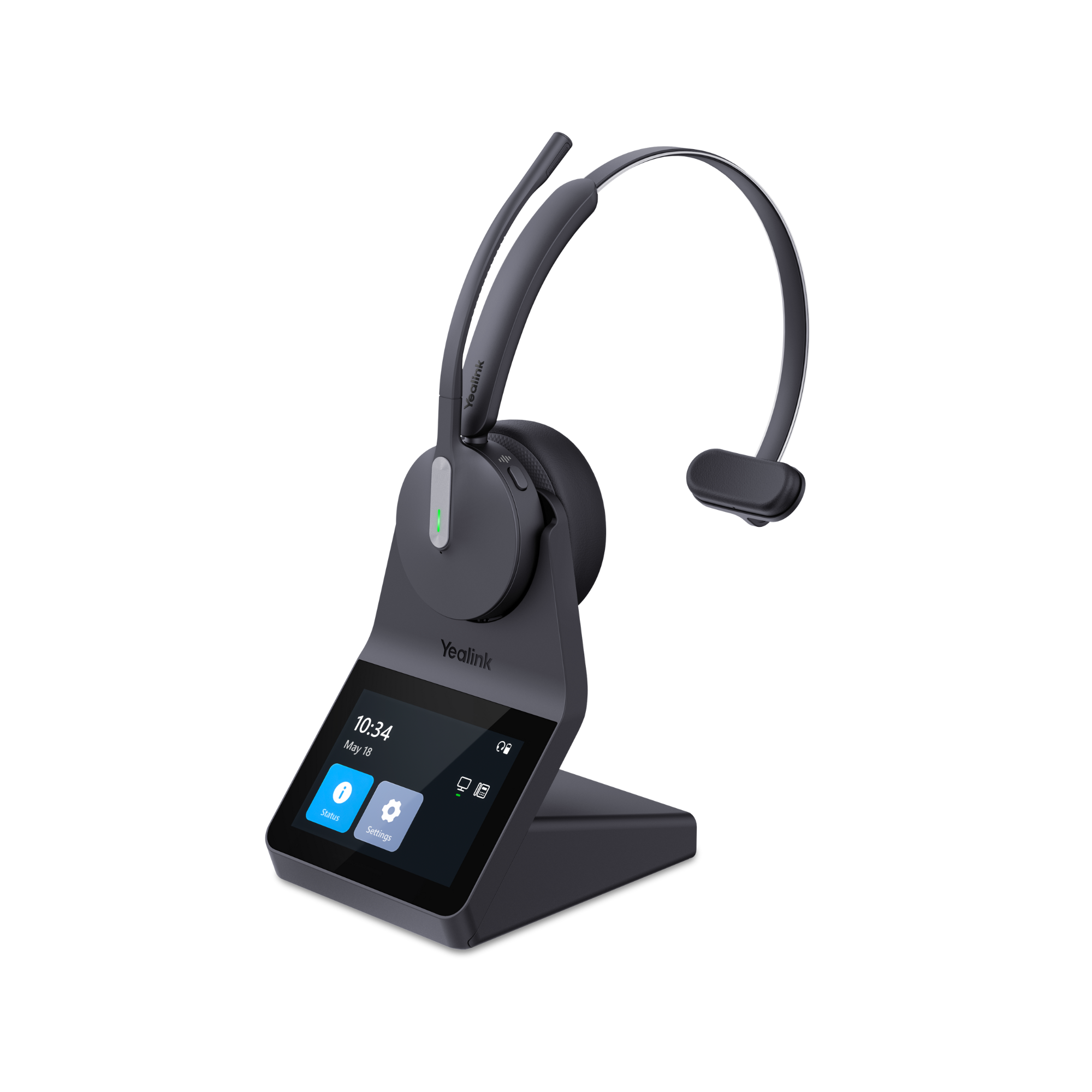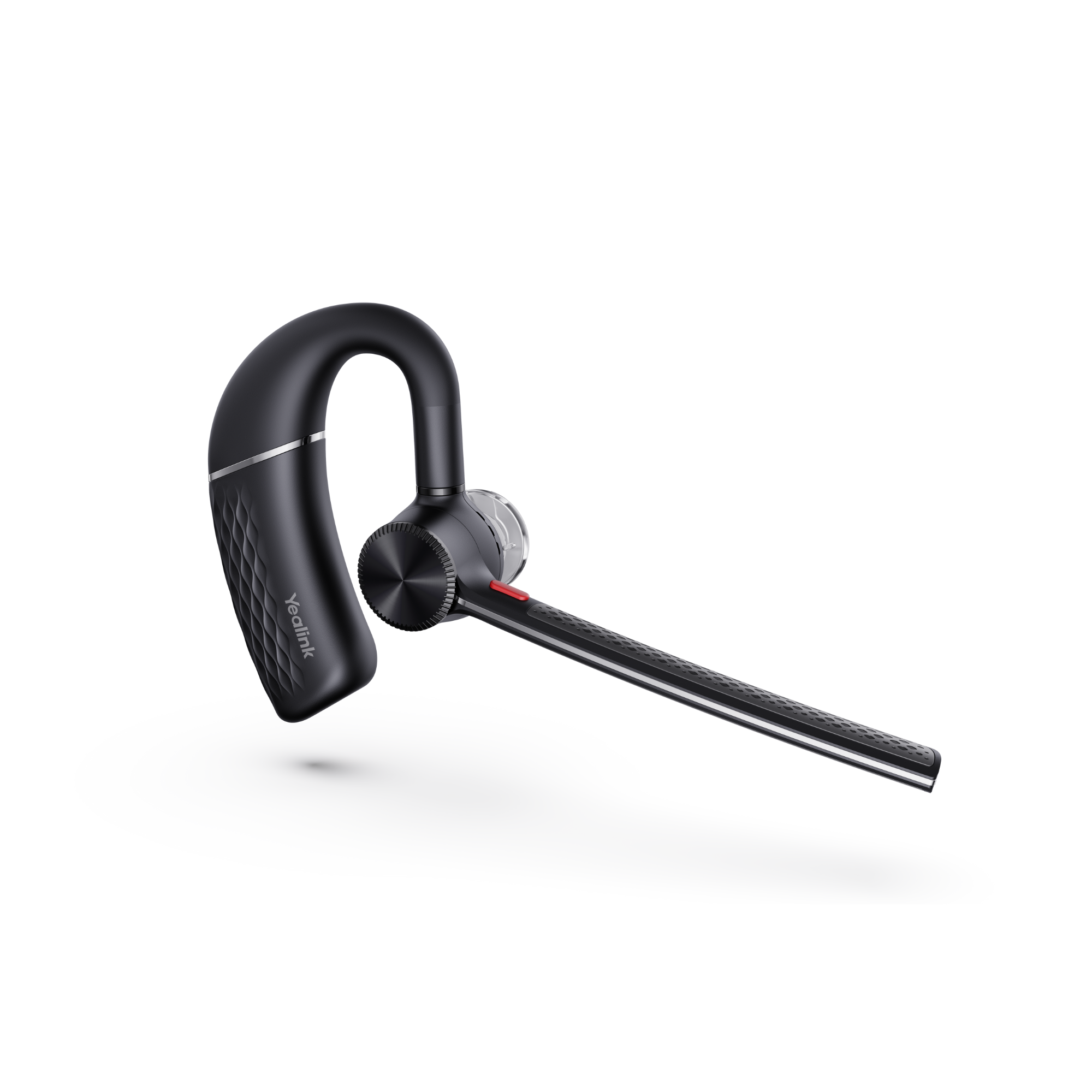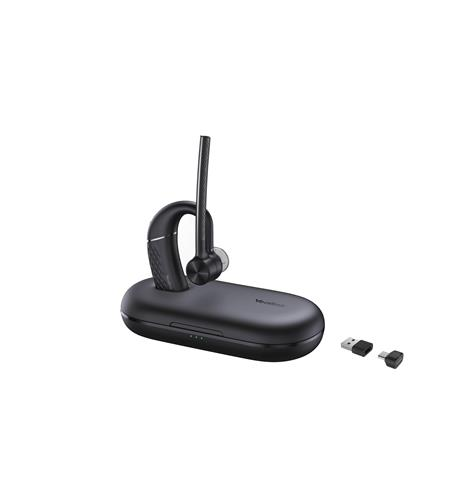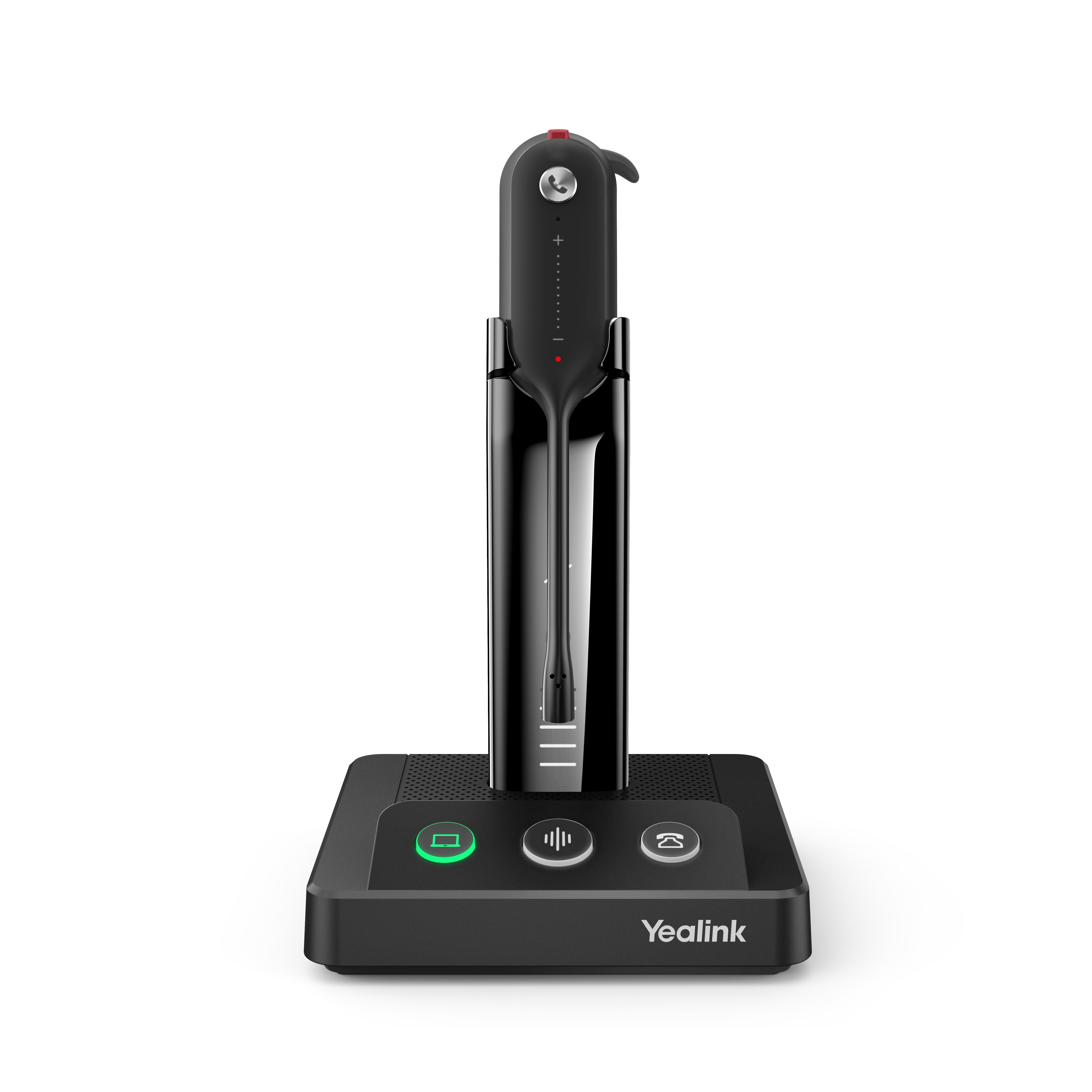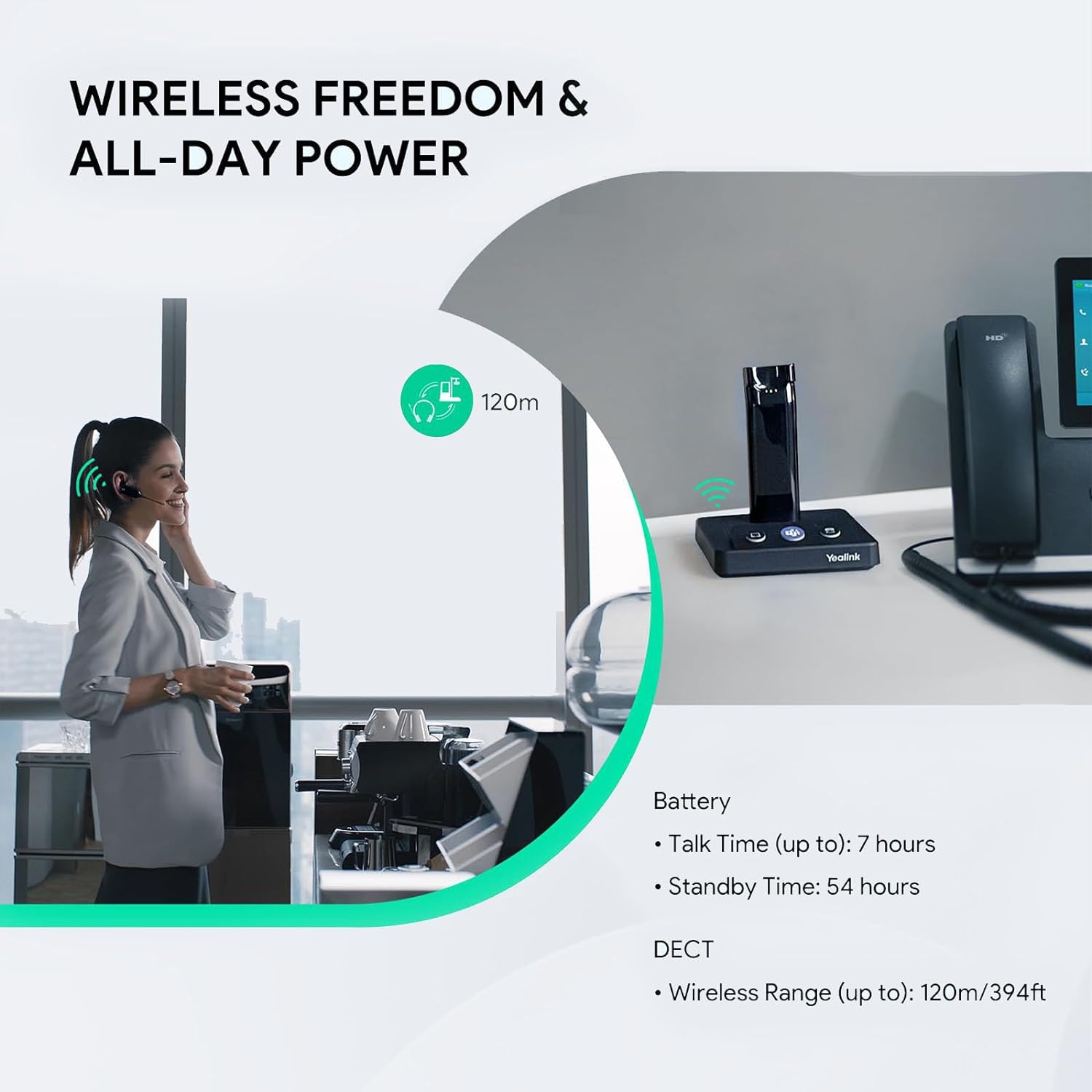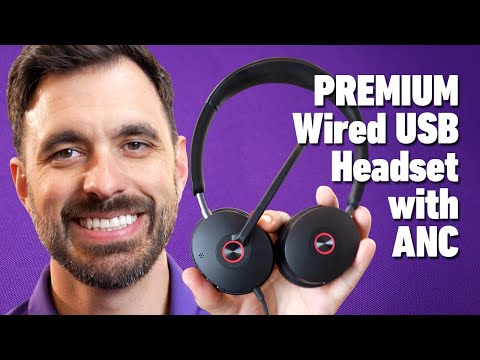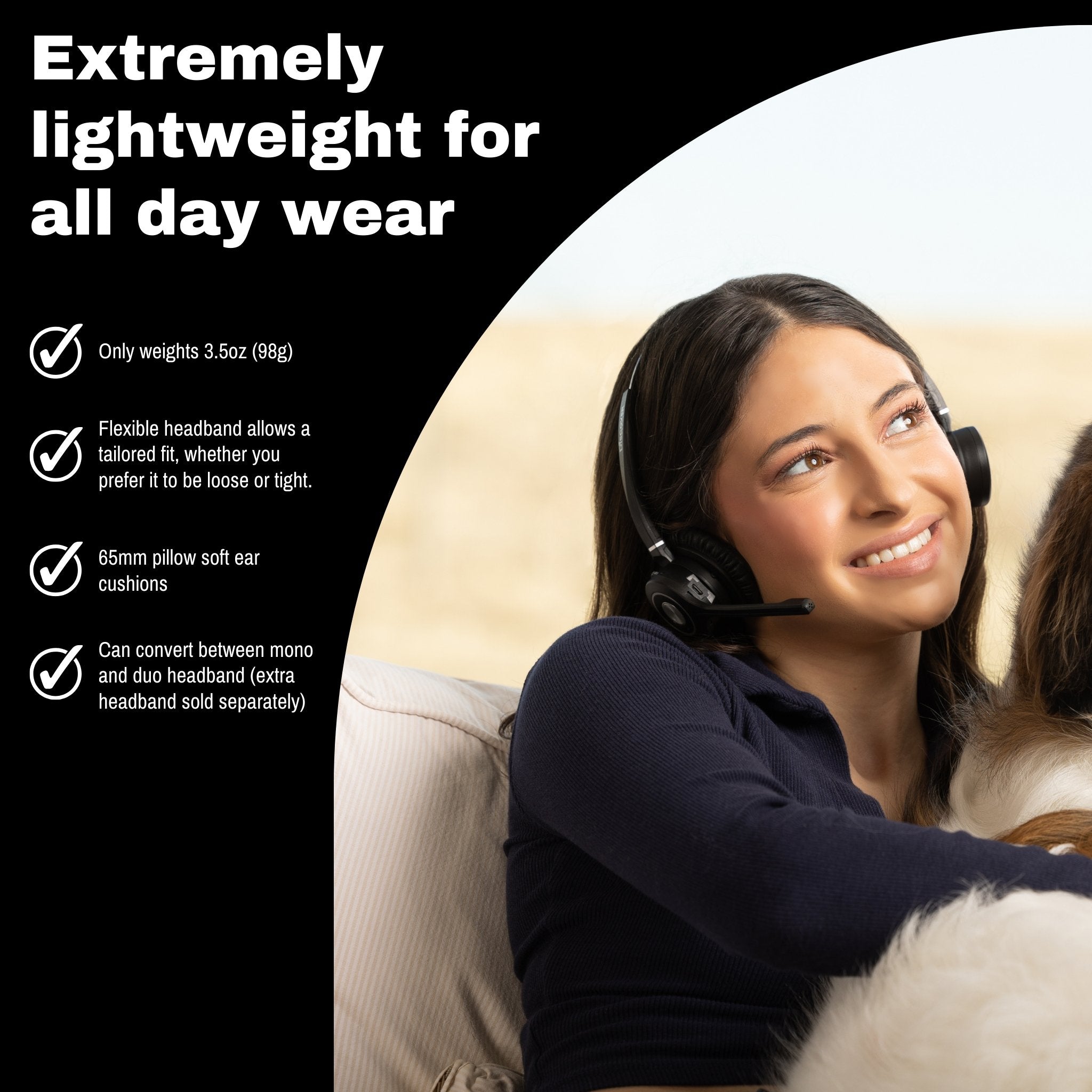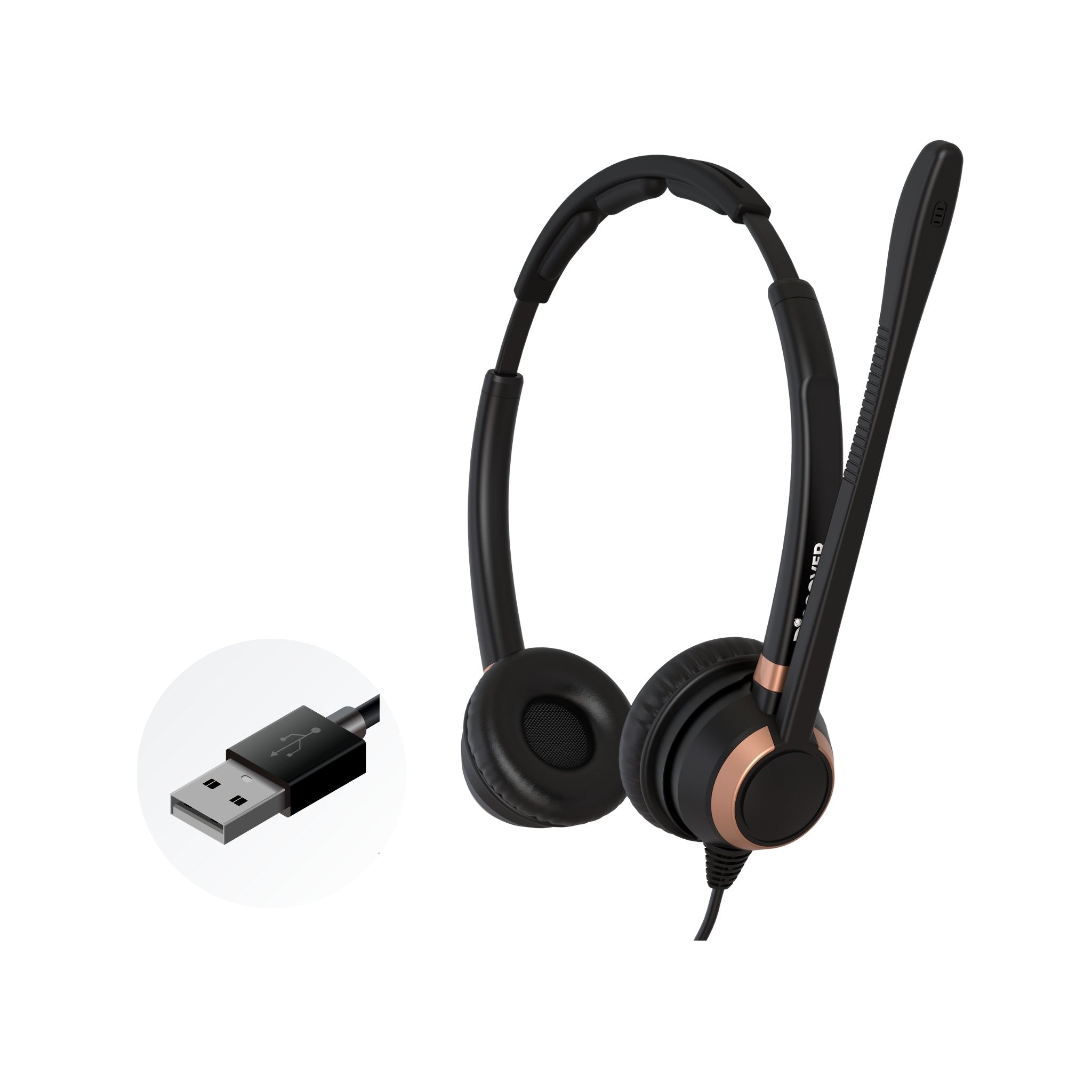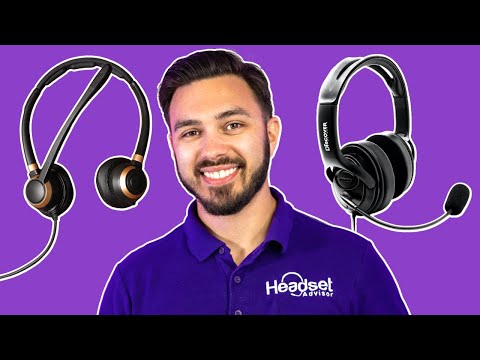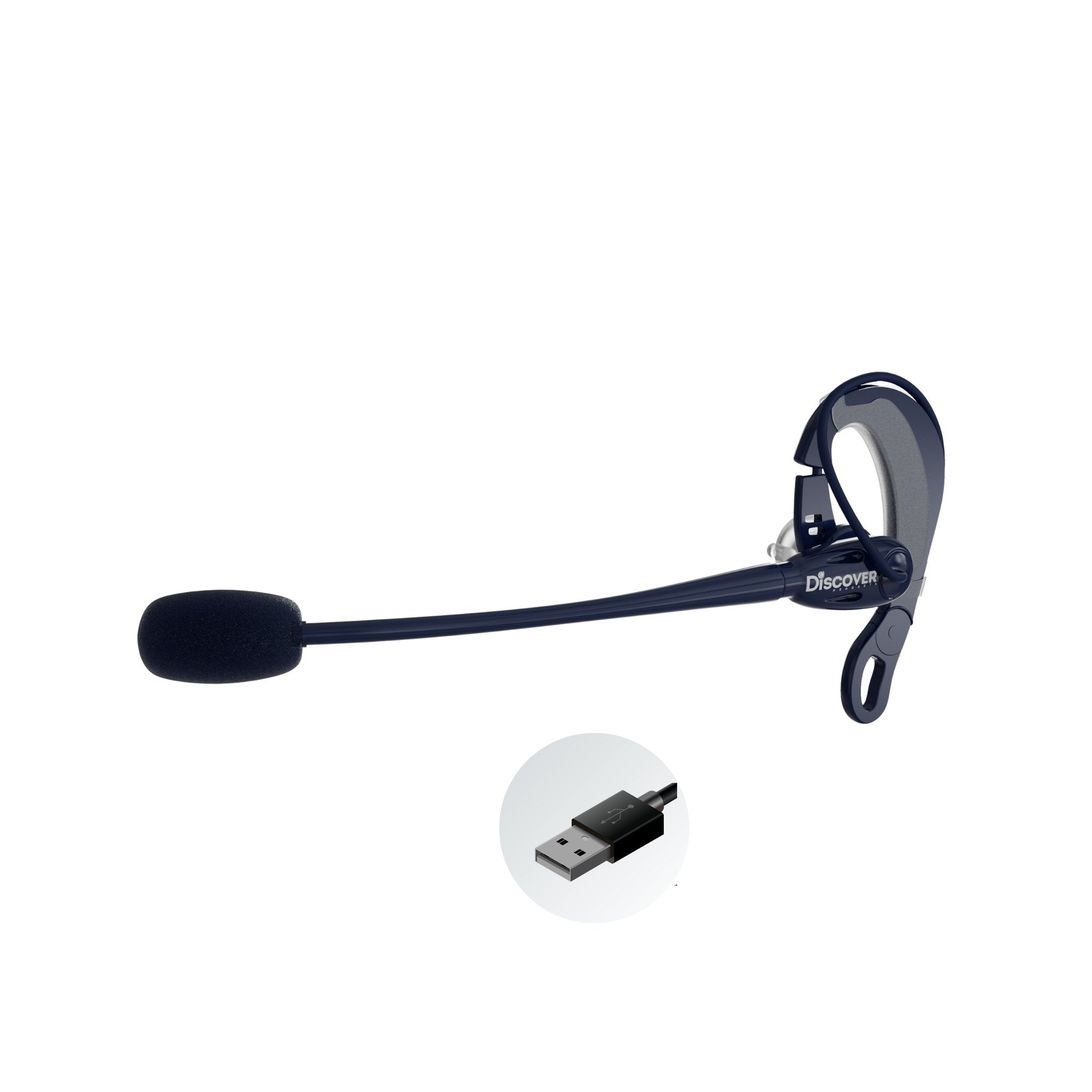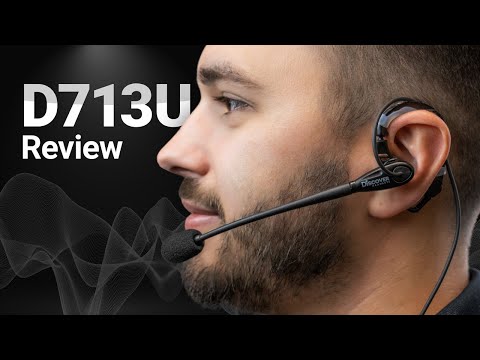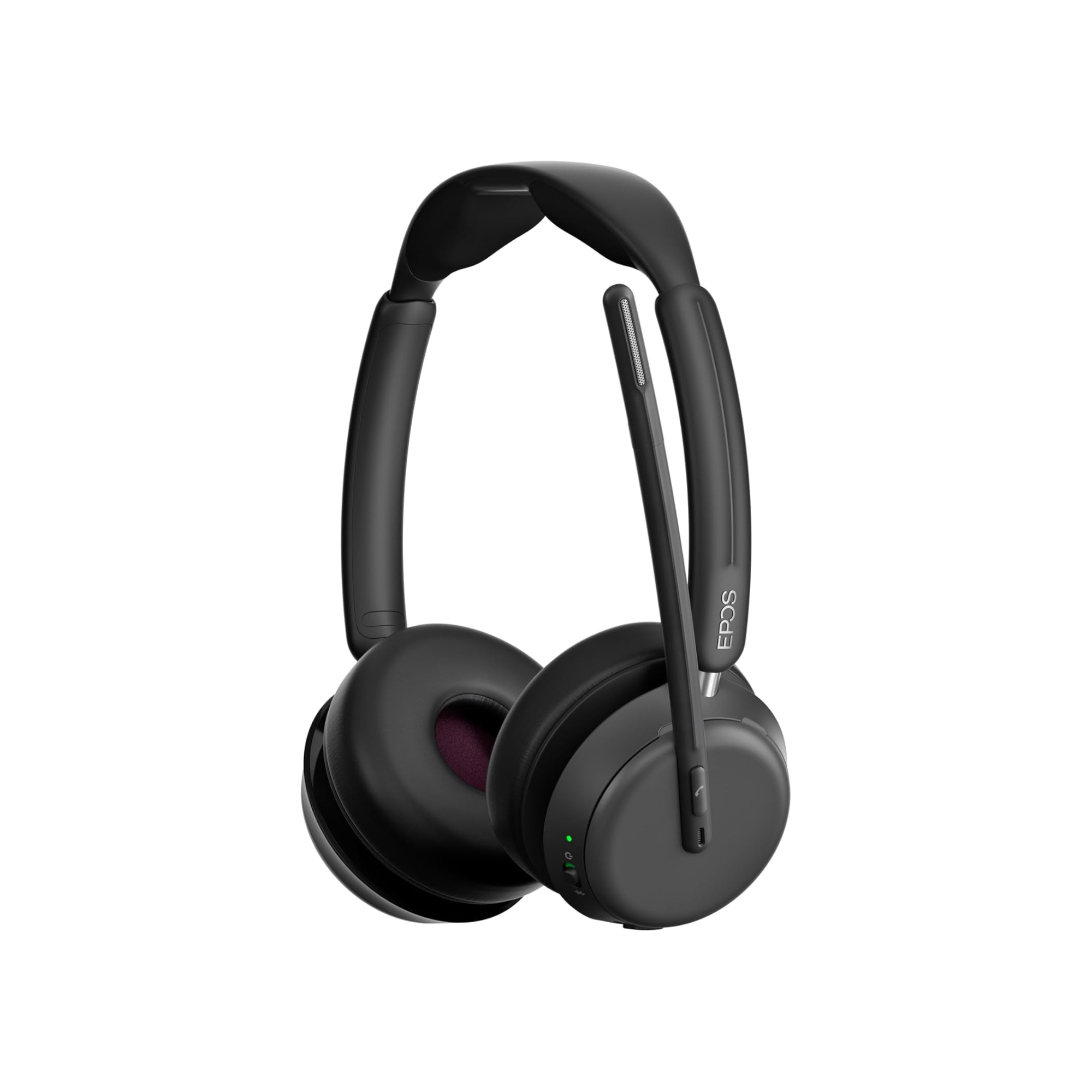Anyone familiar with business headsets likely knows the name Plantronics, but may not know that Yealink is another name to consider if you’re in the market for a new Bluetooth headset.
In this blog, I’ll provide a comparison between the Poly Voyager 4310 UC, and the Yealink BH70 Bluetooth wireless headsets.
The Evolution of Plantronics. Plantronics is a name that’s been synonymous with headsets for work and leisure. But, like with many things, change is inevitable and that includes Plantronics. Not long ago, Plantronics acquired Polycom. Both companies catered to the same Buyers, so a merging of their respective product lines made a great deal of sense. However, this newly formed company, called Poly would prove to be short lived as the new and improved Plantronics, a.k.a. Poly was acquired by Hewlitt Packard. So the company you previously knew as Plantronics, is now HP including all new part numbers.
Newcomer to the space. Yealink, on the other hand, has been a well-known company for producing UC hardware such as iP deskphones, and audio and video conferencing systems. More recently though, Yealink entered the headset space with their initial headset offerings being highly successful. The Yealink headset under the microscope in this blog, the BH70, represents one of Yealink’s newer models.
So if you’re looking for a new Bluetooth headset, or you’ve been considering the Poly Voyager 4310 UC or Yealink BH70, then come along as I dive into a side-by-side comparison of these two, professional grade headsets.
First Impression
Taking a quick look at both of these headsets, you’ll see that they look very similar. However, when I put both of them on, my first impression of the fit and feel was that the Voyager 4310 UC felt a bit bulkier and heavier when compared to the Yealink BH70. This, of course, is subjective because everyone has their own sensitivities, but that’s how they felt to me, though you may have a completely different wearing experience.
Ear Cushions And Speakers
The Poly Voyager 4310 UC comes with 32mm ear speakers, where the Yealink BH70 gives you 35mm speakers. Is there enough difference between these two different sizes of ear speakers to notice a meaningful difference? I would say not. To me, they both sounded pretty much the same.
There is a difference though between the ear cushions, and how they’re both replaced. And, as you know, ear cushions on any headset will need to be replaced periodically due to material degradation as well as for general hygiene purposes.
When replacing the Poly Voyager 4310 UC ear cushion, you are required to peel off the cushion cover from the ear speaker housing as it’s lightly glued. For some, this may involve some wrangling. Then, you’re required to stretch the new cushion cover over the ear cushion, and ear speaker housing. For some, this may prove to be a bit challenging, but doable.
The Yealink BH70, in my opinion, makes ear cushion replacements far easier. That’s because the ear cushion and its cover are one piece and easily replaced. Unlike the Poly Voyager 4310 UC that has you stretching a thin cover over the speaker housing, the BH70 cushion and cover twists off to remove, and twists on to install the replacement. Is this a dealbreaker for the 4310 UC? Absolutely not, but knowing that headset ear cushions are replaced periodically, with some suggesting this be done every six months, then it’s important to know what’s involved with each model with the advantage clearly in favor of the Yealink BH70.

Microphone
Professional grade. The Poly Voyager 4310 UC and the Yealink BH70 both come with professional grade noise canceling microphones. No matter which model you select between these two headsets, I’m confident that you’ll find both to provide you with very acceptable, professional sound quality. If you’d like to know how they sound, make sure to check out the video in this blog because we provide sound, and noise canceling tests.
Remove Background Noise.The noise canceling feature on the Poly/HP Voyager 4310 UC is Poly’s Acoustic Fence technology working together with two microphones. Yealink’s noise cancellation feature is referred to as Acoustic Shield and is matched up with three microphones. In either case, you’ll find that much of the background noise is suppressed through this technology. However, if noise in your work environment is unpredictable, and excessive, you may want to consider using neep noise canceling software to assure you, and your caller’s are both given the best possible audio experience. To learn more about neep noise canceling software, or to claim your free trial of neep, just go to neep.com.
Right/Left Mic Positioning. Both microphone booms can be positioned on the right, or left side, which surprisingly isn’t the case with all headsets as some are limited to one side only. And people do have a preference as to which side the microphone is located. So the good news is you’re not limited to one side mic placement on either of these headsets.
Mic Boom Mute. And finally, both microphones offer you the feature of muting by raising the microphone boom, and unmuting it by lowering it. You can still access the mute feature by pressing the mute button on the headset earpiece, though many people find it more convenient to simply raise the boom. This is a relatively new feature for business headsets overall, and one that you won’t find on many of them.
Battery Life

How much talk time you get is a point most people are interested in. With that in mind, here’s what you need to know about battery life, what you get, and how these two headsets compare.
Talk Time
- Poly/HP Voyager 4310 UC provides up to 24 hours of talk time, and up to 47 hours of listening
- The Yealink BH70 provides up to 35 hours of talk time, and up to 43 hours of listening time.
Recharge Time
- Poly/HP Voyager 4310 UC requires up to 96 minutes to recharge the battery (1.6 hours)
- The Yealink BH70 takes up to 90 minutes to recharge.
Standby
- Poly/HP Voyager 4310 UC has up to 50 days of standby time.
- Yealink BH70 provides up to 22 days of standby.
Use While Charging
Both headsets can be used while the headset is plugged in for a recharge. This is a feature not found on all headsets, including many premium models. So when some headsets keep you waiting, these models keep you talking.
The cable used to recharge the battery for both models is USB-C.
Replaceable - Non-Replaceable Battery
- The Poly Voyager 4310 UC has a replaceable battery
- The Yealink BH70 does not have a replaceable battery
Having a customer replaceable battery is hit or miss these days. Some headsets offer that feature, while many don’t. Given a choice, is it better to have a replaceable battery? I’d say it is. It makes it easy for the customer to buy a battery to replace one that no longer holds a charge. The alternative is generally to replace the headset. Depending on how long you plan on keeping a headset could help to make this an issue worth paying attention to.
Many people today replace their headsets about every 3-4 years. And, many batteries are known to provide 3-4 years of service before needing to be replaced. So if you fall into the category of replacing headsets at the 3-4 year mark, then this shouldn’t be an issue. Changes in technology will sometimes be the driver behind the need to replace headsets as well.
So there is a difference between these two headsets when it comes to battery replacements, which may be one of the things you consider when making a headset purchase decision.
Areas Where These Headsets Are The Same
Bluetooth version. Both use Bluetooth version 5.2 which is among the most current Bluetooth releases.
USB Adapter. Both headsets come with USB Adapters for use with computers. And though you can connect either of these headsets to a computer through a Bluetooth connection, it’s not recommended. A USB Adapter will provide you with a more stable connection, better audio quality, longer wireless range, and access to advanced features like remote call answering. When looked at through this lens, it really doesn’t make a lot of sense to use a Bluetooth connection.
Connectivity. Both headsets connect to computers, and mobile devices, and both can remember up to 8 devices and maintain two connections simultaneously.
Wearing style. Both headsets are mono which makes them the same in terms of wearing style. This is a good choice for those who prefer an over-the-head headset that allows one ear to be uncovered to hear the surroundings.
Optional charge stand. The Poly Voyager 4310 and Yealink BH70 both offer an optional charging stand.
Wireless Range. Both headsets make claim to wireless range up to 50 meters or 164 feet. Something to keep in mind here is range estimates such as these are generally based on open field, or line of sight methodologies. Both do not represent real world situations because they don’t take into account obstructions, which in an office would be things like windows, doors, partians, and more. Obstructions weaken the wireless signal, and as a result, lower the wireless range. A good rule of thumb is to cut the stated range claims in half. In this instance, that would put both of these headsets at around 60-80 feet of usable wireless range. This is important to know so that you don’t have expectations that can’t be fulfilled by the product.
Headset Controls. Both headsets provide you with typical controls at your fingertips. These controls include; On, Answer/End, Volume up/down, Mute. So when comparing these models, you won’t find any real difference between them when it comes to buttons.
Software Download. The Poly Voyager 4310 UC and the Yealink BH70 offer free software downloads for enhancing, and personalizing the headset. Poly’s software is called “Lens” while Yealink’s is “USB Connect” Both will give you the ability to customize the headset in terms of features, and functionality.
Warranty. Both headsets come with the same length of warranty at 2-years. So there’s no compromise either way.
Key Takeaways

In many ways, the Poly Voyager 4310, and the Yealink BH70 mono headsets are very similar to one another. Many of those features have been highlighted in this blog. Poly / HP is a reputable name, and brand as is Yealink. Though Yealink is newer to the headset game, their products have been solid from day one, which in and of itself is an impressive accomplishment.
You get a good value either way you go, though you do stand to save some money if you choose the Yealink BH70 as it’s normally priced a bit lower than the Voyager 4310. The warranties are the same as well, so you’re not sacrificing warranty coverage, and subsequent peace of mind.
Wireless range is the same, connectivity is the same, audio quality is pretty much the same, wearing style too, and the list goes on. So it really comes down to whether or not you’re brand loyal, and which headset you feel best matches your needs. To me, the choice would be challenging because they’re both designed essentially for the same purpose.
Whichever headset you choose, I do feel you’ll be satisfied either way because both models are backed by two well-known names in the communication industry.
Have Questions Or Need Some Help?
Headset Advisor has been assisting customers with their communication needs since 1994. We have deep knowledge and experience when it comes to communication solutions. So don’t hesitate to contact us if we can help answer any of your questions, provide you with a personalized, compatible solution, or help get your equipment or neep software set up and working great. Our helpful Advisors are available to assist.





